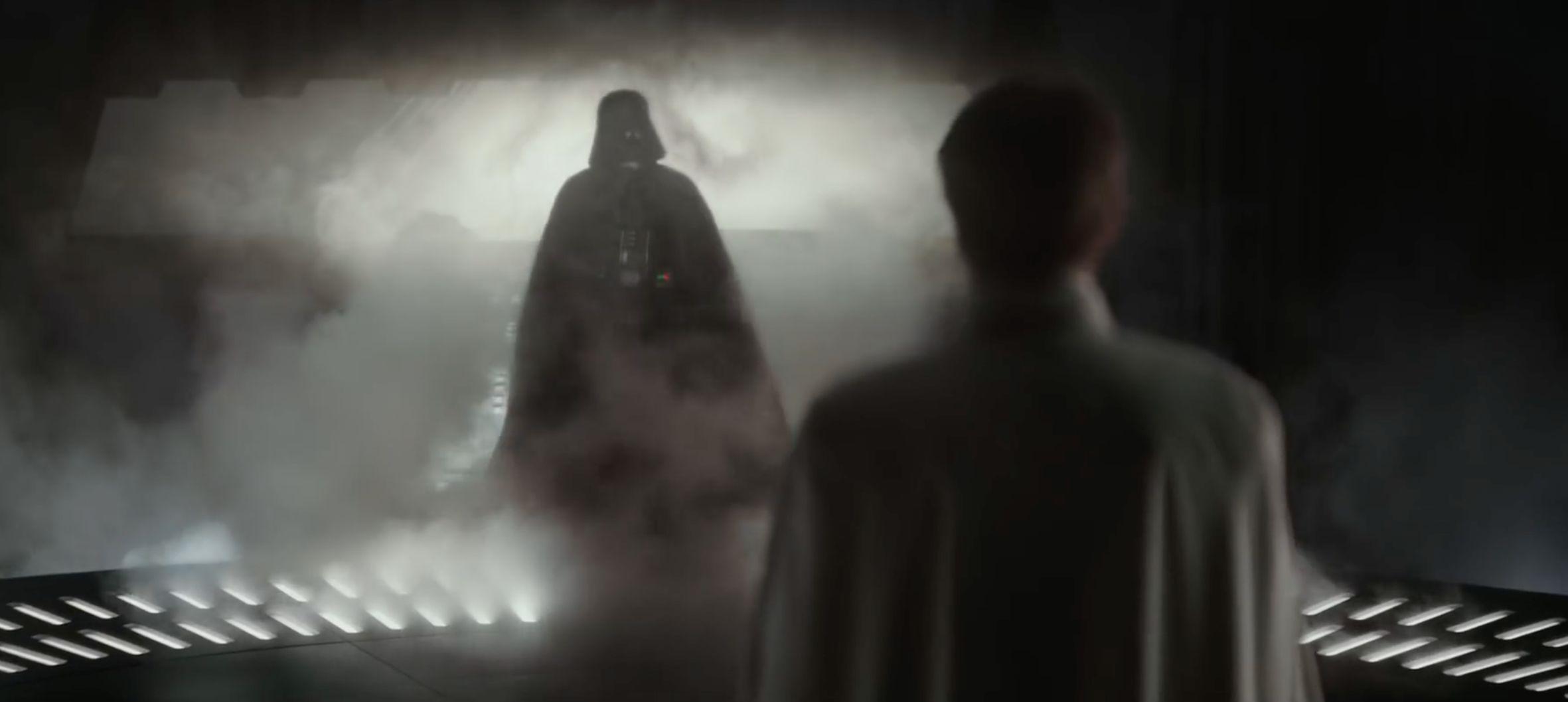Create a free profile to get unlimited access to exclusive videos, sweepstakes, and more!
Early Rogue One script featured a wedding, kept Death Star a secret

Imagine Rogue One: A Star Wars Story ending not with the death of all the major characters, but instead closing out with... a wedding. Guess what? It could have happened.
As we know, Rogue One wasn't exactly a smooth production for Lucasfilm and Disney. The script went through numerous drafts and a large portion of director Gareth Edwards' movie was actually reshot after Edwards finished principal photography by an uncredited Tony Gilroy, who did earn a screenplay co-credit.
Gilroy has spoken in somewhat vague terms about what went down during production, but writer Chris Weitz — whose draft of the film won him the other of the film's two screenwriting credits — opens up a bit about the story's evolution in a new episode of the Cult Popture podcast (the Rogue One discussion starts around 44:00).
Weitz, who thought he might be taking a meeting for the since-abandoned Boba Fett movie when he was first summoned to the Mouse House, says in the podcast that he was handed the frst draft of the Rogue One script by Gary Whitta and immediately saw things he wanted to change — like the ending.
He explains, "The version prior to that didn’t have everyone die. As a matter of fact, it ended with a wedding. I think it was on the presumption that Disney wouldn’t allow characters to die with such abandon."
Weitz doesn't reveal who married whom in that first pass, but he says he felt it was essential that all the main heroes perish: "I felt it was necessary, first of all, because nobody ever mentions them or sees them again... but also because we’ve done this whole sort of theme about sacrifice that it was appropriate that all of our main characters die."
Another feature of Weitz's script, he says, was that he kept the existence of the Death Star a secret and the goal of the rebels' mission a mystery. "It wasn’t clear at the beginning of the movie that the Death Star was going to be the Death Star,” Weitz reveals. “It was just the sense that the rebellion had that something bad was going down and we need to find out about it. There was this developing sense of dread throughout the film."
Marketing prevailed over that plot element, however, with Disney and Lucasfilm not willing to hide Star Wars' best-known planet-sized weapon from the public in their efforts to promote the movie. By that time, however, the project had passed out of Weitz's hands and eventually landed with Gilroy, who deployed a number of extensive changes on his own.
Weitz recalls, “I had no idea what it was really going to look like until I sat down at the premiere. So weirdly, it was like watching a movie that I had written on and a new movie at the same time because I knew there was going to be all this new footage."
His verdict? “I feel great about the final cut,” the screenwriter concludes. “I really liked the movie.”
Weitz and Star Wars fans seem to be in agreement on that: Rogue One was largely acclaimed by fans and critics, going on to earn over $1 billion at the worldwide box office — even with that wedding being canceled and everyone dying anyway.
(via The Playlist)














